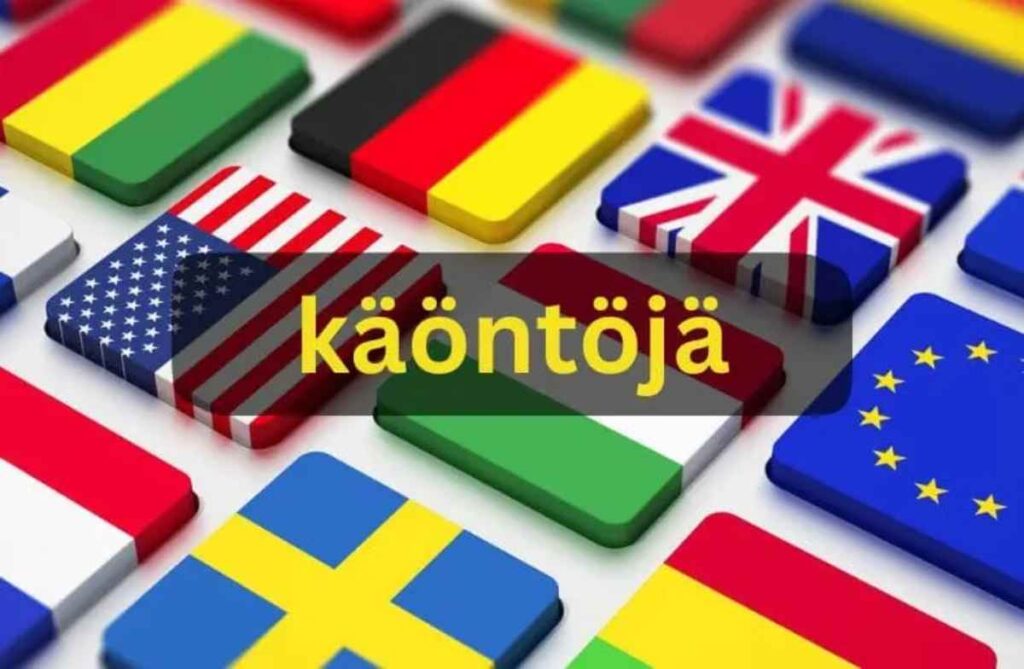
Introduction:
“Käöntöjä” In the vast landscape of language and communication, translation serves as the bridge that connects diverse cultures, enabling the exchange of ideas, knowledge, and experiences. At the heart of this intricate process lies käöntöjä, a term that encapsulates the art and science of translation. As we delve into the nuances of käöntöjä, it becomes apparent that it is not merely about substituting words from one language to another but rather a journey of understanding the essence of content within its cultural and linguistic context.
April marks a fitting time to explore the world of translation, as it coincides with the celebration of International Translation Day on April 30th. This occasion provides an opportunity to acknowledge the invaluable contributions of translators and the pivotal role they play in facilitating global communication.
The Role of Translation in a Multilingual World:
Languages are the cornerstone of human civilization, serving as vessels through which thoughts, emotions, and ideas are expressed. However, the diversity of languages can also present challenges in cross-cultural communication. This is where translation emerges as a crucial tool, breaking down linguistic barriers and fostering understanding across borders.
Translators serve as custodians of language, tasked with the responsibility of conveying messages accurately while preserving the cultural nuances embedded within the original text. Whether it be in business, literature, academia, or diplomacy, the importance of translation cannot be overstated. It acts as a conduit through which the world connects, allowing for the exchange of knowledge and experiences on a global scale.
The Evolution of Translation Tools and Technology:
The landscape of translation has undergone a significant transformation with advancements in technology. From the traditional methods of manual translation to the advent of machine translation, the tools available to translators have evolved rapidly. Machine translation, powered by artificial intelligence and neural networks, has streamlined the process of translation, offering quick and cost-effective solutions for basic linguistic tasks.
While machine translation has undoubtedly revolutionized the field, its efficacy in capturing the nuances of language and context remains a subject of debate. Human translators bring a level of understanding and intuition that machines are yet to replicate fully. Thus, Käöntöjä future of translation lies in harnessing the synergies between human expertise and technological innovation, ensuring both accuracy and efficiency in the translation process.
Navigating the Complexities of Language and Culture:
At its core, käöntöjä transcends the mere transference of words from one language to another; it is an art form that requires a deep appreciation for language and culture. Every word carries with it a unique set of connotations and meanings, shaped by the cultural and historical context in which it is embedded.
Translators must navigate these complexities with care, understanding that the true essence of a message lies beyond its literal interpretation. It is through their skillful interpretation and adaptation that the richness of language and culture is preserved, enabling meaningful communication to flourish.
The Importance of Accuracy and Context:
In the realm of translation, accuracy is paramount. A mistranslated word or phrase can have far-reaching consequences, leading to misunderstandings or misinterpretations of intent. “Käöntöjä” Translators must strive for precision in their craft, meticulously researching and verifying the accuracy of their translations to ensure fidelity to the original text.
Equally important is the consideration of context. Language is inherently context-dependent, and a word or phrase may carry different meanings depending on the cultural and situational context in which it is used. Translators must be mindful of these nuances, taking into account the broader cultural context to convey the intended message accurately.

The Enigma of Language and the Art of Translation:
Language, with Käöntöjä infinite subtleties and complexities, remains an enigma that continues to fascinate and intrigue scholars and linguists alike. Within this labyrinth of words and meanings, translators serve as guides, illuminating the path to understanding with their skill and expertise.
The art of translation lies in the ability to capture not just the words themselves but the underlying essence of the message. It requires a deep immersion into the intricacies of language and culture, coupled with a sensitivity to the nuances of expression. Through their artistry, translators breathe life into words, transcending linguistic boundaries to forge connections between disparate worlds.
Looking to the Future of Käöntöjä:
As we stand on the precipice of a new era marked by rapid technological advancement, the future of translation holds both promise and challenge. While technology continues to reshape the landscape of translation, the human touch remains indispensable. In the coming years, we can expect to see further integration of machine learning and artificial intelligence into the translation process, offering new tools and capabilities to enhance the work of translators.
However, amidst these advancements, the fundamental role of human translators in preserving the integrity and authenticity of language and culture cannot be overlooked. The art of käöntöjä is a testament to the enduring power of human creativity and ingenuity in the face of technological evolution.
Conclusion:
In the tapestry of human civilization, language serves as the thread that binds us together, weaving a rich tapestry of culture, history, and identity. Within this tapestry, käöntöjä stands as a testament to the enduring importance of translation in facilitating communication and understanding across linguistic and cultural divides.
As we navigate the complexities of language and culture in an increasingly interconnected world, let us not forget the invaluable role of translators in bridging these divides. Their dedication, skill, and passion serve as beacons of light, illuminating the path to mutual understanding and respect.
In the timeless words of Umberto Eco, “Translation is the art of failure.” While perfection may elude us, it is in the pursuit of understanding and connection that the true essence of translation is found. So let us embark on this journey with humility and curiosity, embracing the richness and diversity of language that makes our world a truly extraordinary place.



